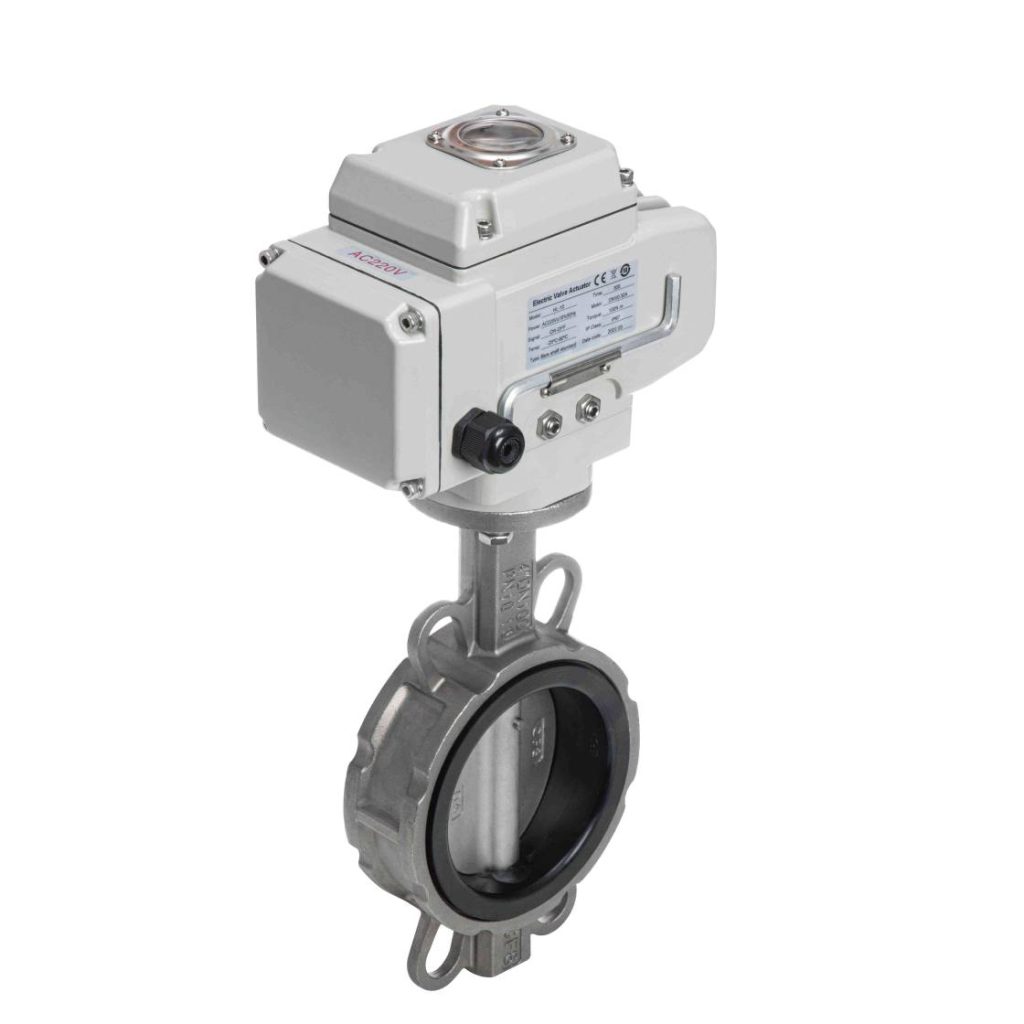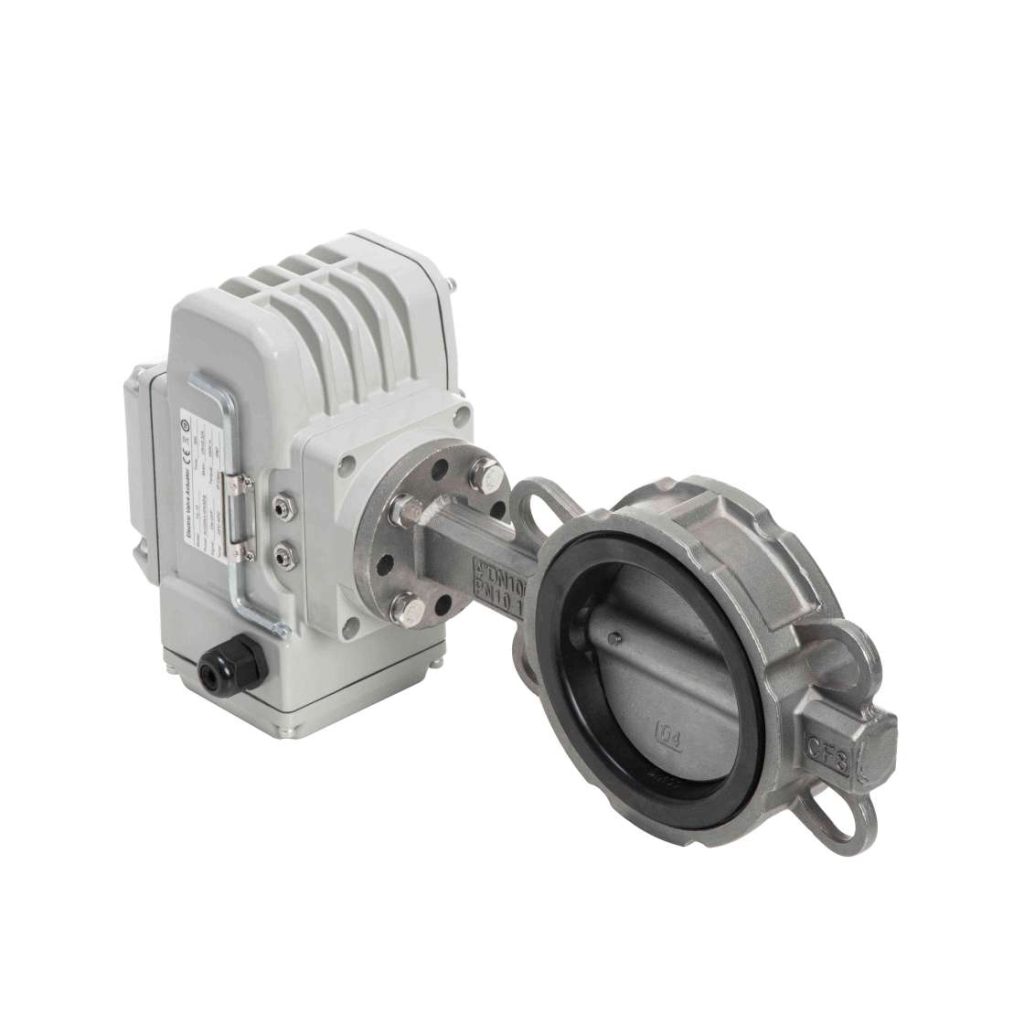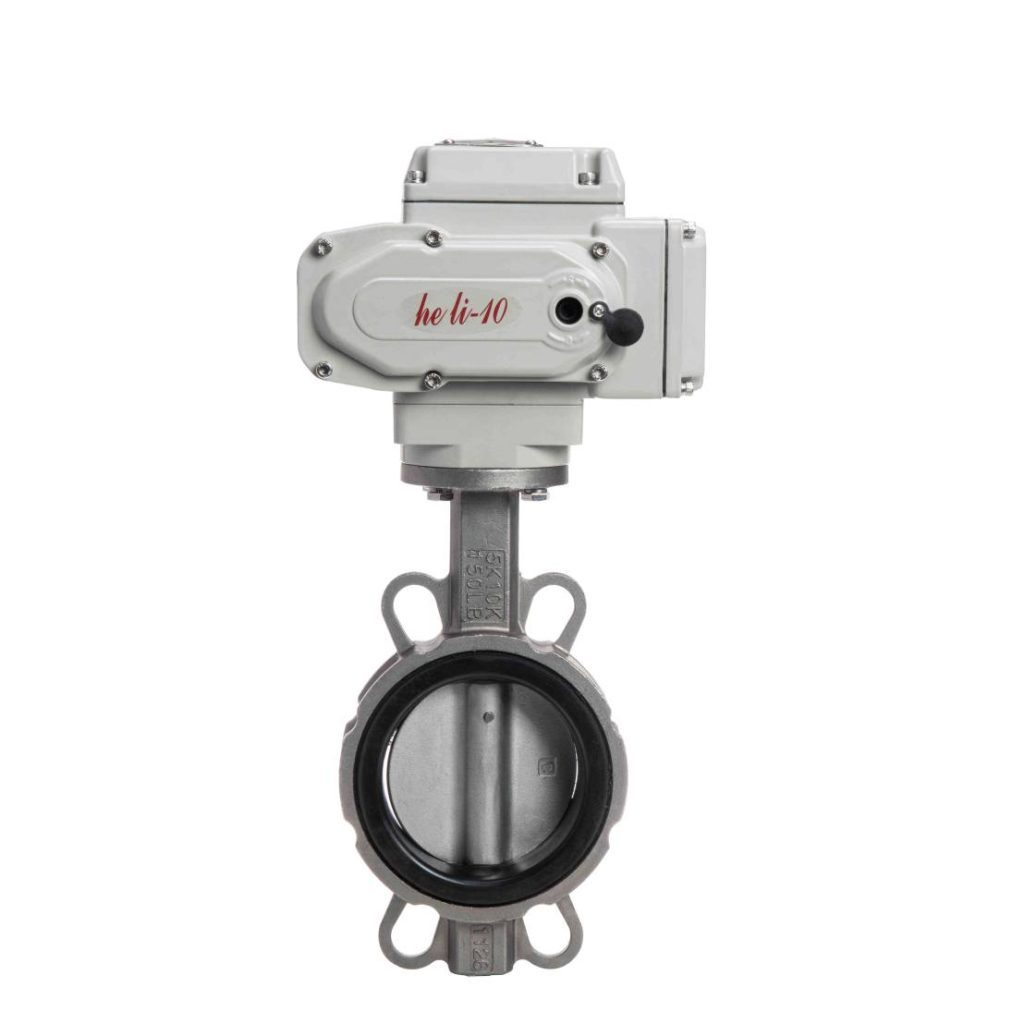The electric clamp butterfly valve is a highly efficient and reliable component used in industrial applications for controlling the flow of fluids in pipelines. Known for its versatility, durability, and ease of installation, this type of valve combines the performance of a butterfly valve with the convenience of electric actuation. In this article, we will explore the design, working principle, advantages, and applications of electric clamp butterfly valves, along with their role in modern flow control systems.

What is an Electric Clamp Butterfly Valve?

An electric clamp butterfly valve is a type of valve used to regulate or stop the flow of fluid through a pipeline. It is called a “butterfly” valve due to its disc-shaped closure mechanism, which resembles a butterfly’s wings. The electric clamp version incorporates an electric actuator to open or close the valve, allowing for precise, automated control of the fluid flow. The clamp design refers to the valve’s connection to the pipeline. Instead of using traditional flanges or threaded connections, the valve utilizes a clamp system that secures the valve to the pipeline. This makes installation faster and more straightforward, as there is no need for welding or complex assembly.
